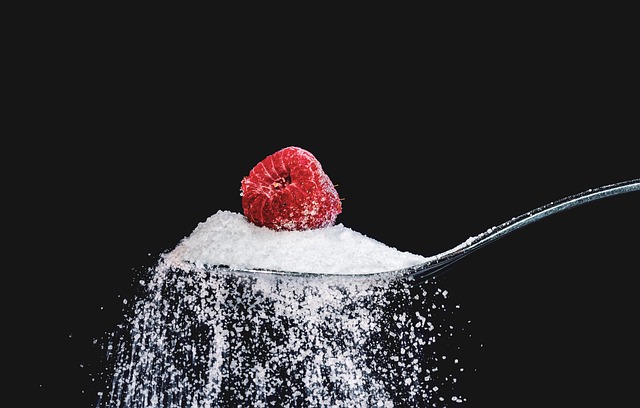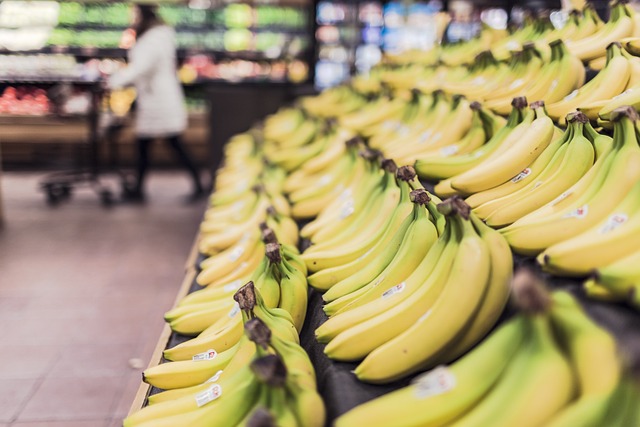Blog – Beyond Yogurt: Unconventional Ways to Incorporate Probiotics into Your Diet
When we think of probiotics, yogurt is often the first food that comes to mind. While yogurt is indeed a great source of these beneficial bacteria, there are many other unconventional ways to incorporate probiotics into your diet. In this blog post, we will explore some exciting options that go beyond yogurt.
1. Kimchi
Kimchi is a traditional Korean side dish made from fermented vegetables such as cabbage, radishes, and cucumbers. It is packed with probiotics that can help support a healthy digestive system. Kimchi is not only delicious but also brings a unique flavor to your meals.
To incorporate kimchi into your diet, you can enjoy it as a side dish, add it to salads, or use it as a topping for burgers and sandwiches. If you’re feeling adventurous, you can even try making your own kimchi at home!
2. Kombucha
Kombucha is a tangy, fizzy beverage made by fermenting sweetened tea with a culture of bacteria and yeast. It is known for its detoxifying properties and its ability to support gut health. Kombucha comes in various flavors and is widely available in health food stores.
You can enjoy kombucha as a refreshing drink on its own or use it as a base for smoothies and cocktails. Remember to choose brands that use natural ingredients and lower sugar content.
3. Miso
Miso is a traditional Japanese seasoning made by fermenting soybeans with salt and a fungus called koji. It is commonly used in soups and sauces and adds a rich umami flavor to dishes. Miso is also a great source of probiotics.
To incorporate miso into your diet, you can make a comforting bowl of miso soup, use it as a marinade for meats and vegetables, or add it to dressings and dips. Look for unpasteurized miso for maximum probiotic benefits.
4. Tempeh
Tempeh is a fermented soybean product that originated in Indonesia. It is a popular meat substitute among vegetarians and vegans due to its high protein content. Tempeh is not only a great source of probiotics but also provides various vitamins and minerals.
You can use tempeh as a replacement for meat in stir-fries, sandwiches, and salads. It has a nutty flavor and a firm texture that adds depth to your dishes.
5. Pickles
Who doesn’t love a jar of crunchy pickles? Pickles that are naturally fermented contain live cultures of probiotic bacteria. They are low in calories and can be a tasty addition to your meals.
You can have pickles as a snack, chop them up to add a tangy kick to your salads, or serve them alongside sandwiches and burgers. Just ensure that you choose pickles that are made through the process of fermentation to reap the probiotic benefits.
6. Sauerkraut
Sauerkraut, a German delicacy made from fermented cabbage, is not only delicious but also a great source of probiotics. It is rich in vitamins, minerals, and dietary fiber.
Try adding sauerkraut to your hot dogs, sandwiches, or even incorporate it into recipes like casseroles and stews. The tangy and sour flavor of sauerkraut will enhance your dishes while promoting gut health.
7. Yogurt Alternatives
If you are lactose intolerant or prefer to avoid dairy, there are many plant-based yogurt alternatives available that are fortified with probiotics. Look for options made from coconut milk, almond milk, or soy milk to enjoy the benefits of probiotics without dairy.
These alternatives can be consumed as a snack, added to smoothies, or used in baking and cooking. They provide a creamy texture and a tangy taste similar to traditional yogurt.
Conclusion
While yogurt is a popular choice, there







